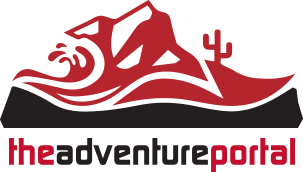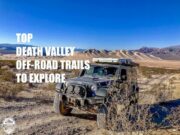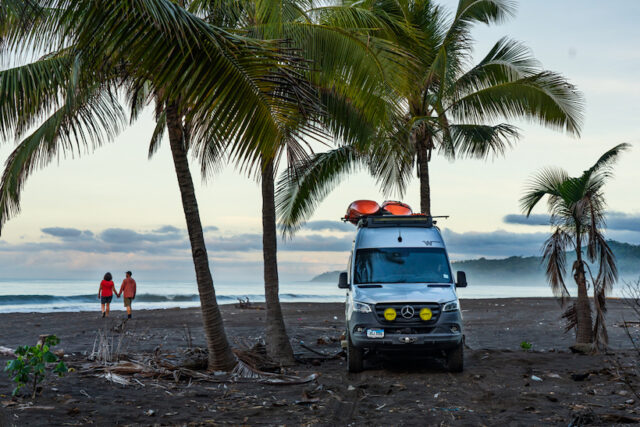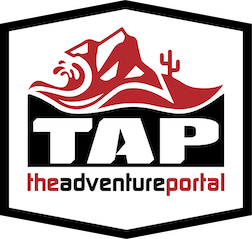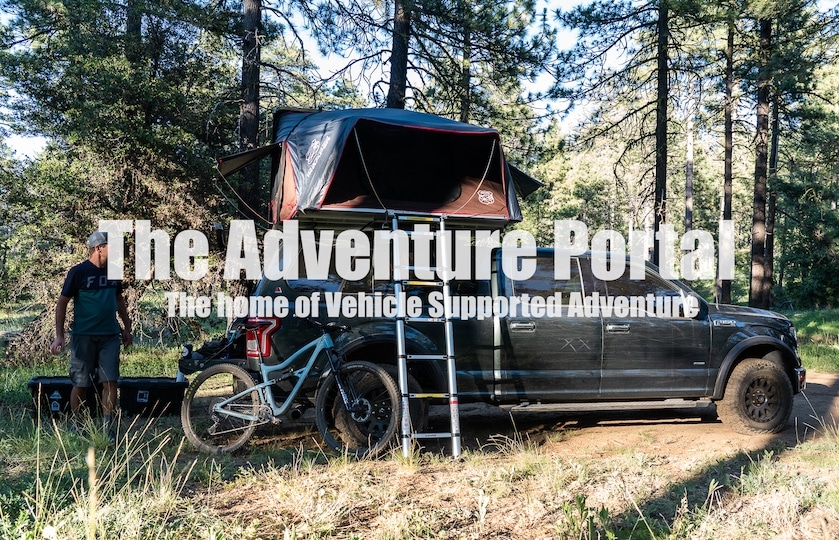By Peter and Kathy Holcombe – Winnebago Revel
Have you ever dreamt of traveling in your RV across distant lands? Exploring new frontiers, experiencing new cultures and exotic cuisine, all in the comfort of your very own home on wheels? Have you always wanted to spend the night parked on the sand of an endless beach without another soul in sight? Or camp in the crater of a dormant volcano? Or meander through a rainforest jungle and sleep beneath the tree canopy filled with exotic birds and howler monkeys? It’s all possible, and easily within reach, in Central America.
I know what you’re thinking…it’s too dangerous! It’s too far! It’s too unfamiliar! It’s too expensive! But hear me out, international RVing might not be as difficult, dangerous, or as expensive as you might think. In fact, the countries of Central America are affordable, safe, and eagerly welcome overland travelers. Here is what you need to know if you are considering a road trip south.
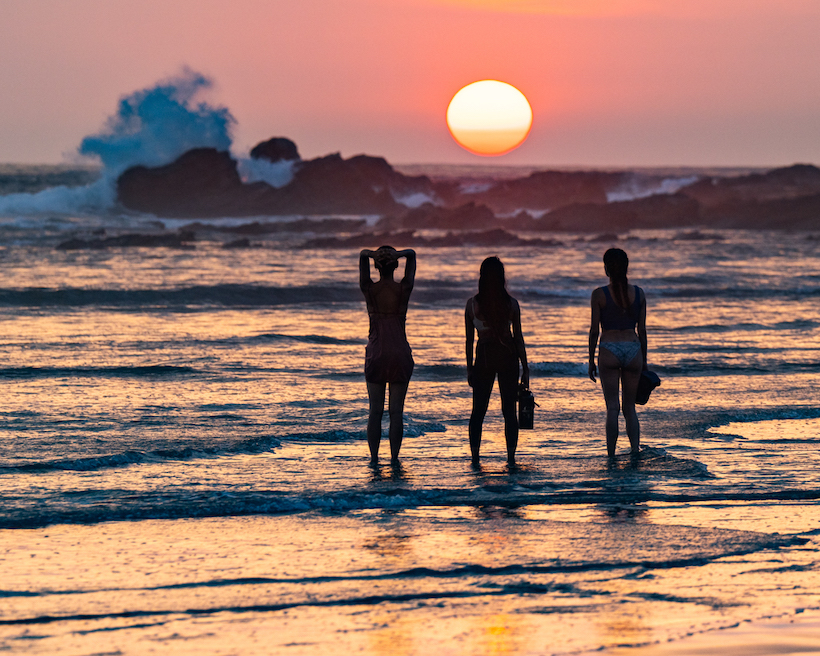
Our Winnebago Revel was the perfect rig
In this instance size does matter. The roads throughout Central America are narrow, winding and riddled with potholes, and the vehicle that you choose for this type of travel will certainly dictate where you are able to travel. While there is a smattering of large expedition vehicles that successfully traverse Latin America, camper vans and smaller vehicles are definitely more prevalent. We have been traveling the last seven months in a Winnebago Revel and believe it to be the perfect vehicle for this type of terrain. It provides all of the creature comforts without creating too large of an exterior footprint. And the ruggedness of the Winnebago Revel is ideal for the treacherous road conditions. A Solis, Travato or Ekko would be great as well. The height of our vehicle sits right at 11.5 feet (including the kayaks on our roof), and we regularly just scrape under trees and wires along the roadways. Anything taller would absolutely limit where you could travel. The same is true for our length and width. Our Winnebago Revel is approximately 21 feet long, tip to tail, and regularly do 3+ point turns while navigating city streets. With that being said, there are of course large semi-trucks and busses that transport goods and people across Central America daily, but a majority of the delivery vehicles that service the smaller communities are roughly the same size as our Revel. Just like in the States, the larger your vehicle, the more limited you are in where you can travel.
*A note on 4WD – we have used the 4×4 capability frequently (most recently ascending an unbelievably steep, paved, city street in Medellin, Colombia that would not have been possible to climb without the additional traction – we estimate that the incline was at least 30 degrees or more!). And while it is not critical, we have found it helpful when camping on the beach in deep sand as well as navigating rough roads to access more secluded camp spots.
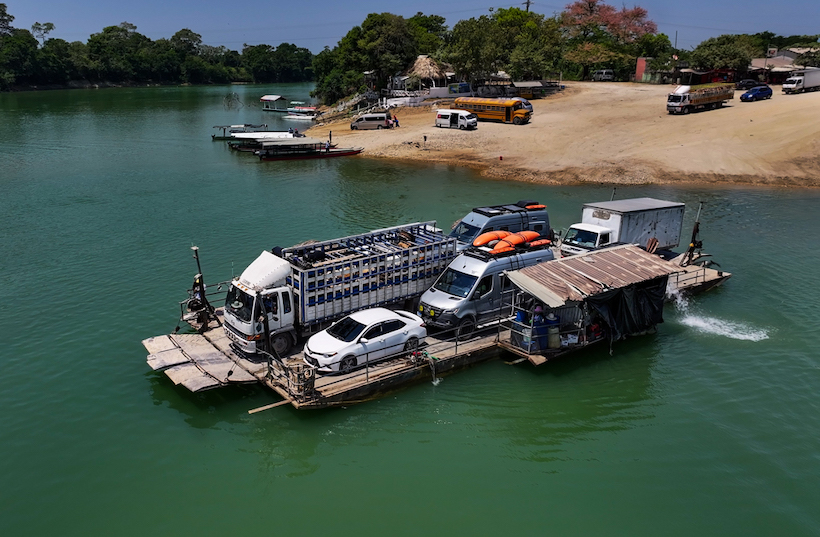
When to go:
As you approach the equatorial regions you will soon discover that the seasons are no longer based on the amount of daylight, but rather by the weather patterns. Seasons in Central America are delineated by dry and rainy seasons rather than summer and winter, and there are advantages to both seasons for travel. When we first arrived in Central America we were at the tail-end of the dry season. While we had endless days of beautiful sunny weather, the temperatures were unbearably hot: triple digits and extreme humidity. And the suffocating heat made vanlife difficult: outdoor activities had to be completed by mid-morning (even surfing was miserable in the afternoon sun), and sleeping was almost impossible without air-conditioning (nighttime temperatures hovered around 90+ degrees). While we were in Costa Rica, the rainy season descended on us bringing a much-needed respite from the heat. The rain cleaned the dust encrusted vegetation and lowered the temperature by 10-15 degrees. We were able to sleep in later and enjoy hiking and other outdoor activities later in the day. The only downside was the rain. And by rain, I mean an instant and complete deluge. Once you felt the first drop, you had about 30 seconds to seek shelter before you would be completely soaked to the bone. Honestly, we enjoyed the coolness that the rain brought and would continue to hike without rain gear throughout the deluge. There is no perfect time to visit Central America, just be aware of the seasons and be prepared to embrace either the heat or the rain, and oftentimes both in the same day.
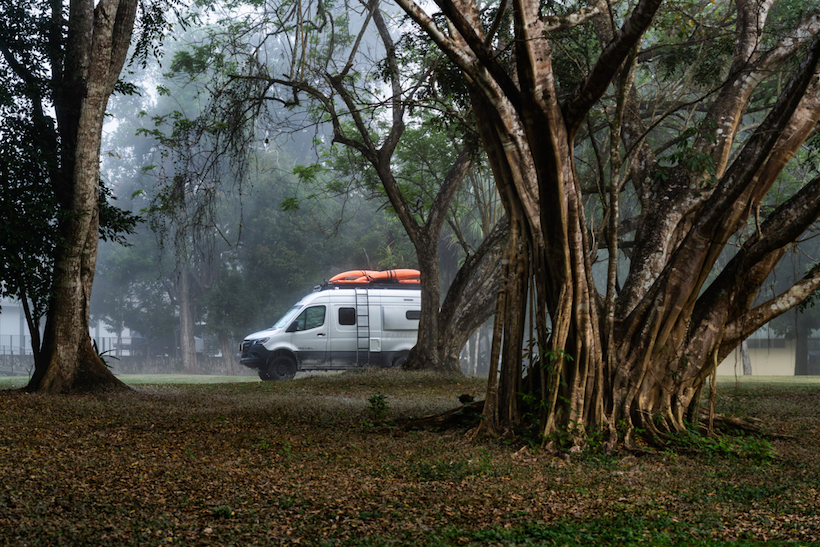
Medical Care
Even the best laid plans will ultimately have a wrinkle or two, and this trip was no exception. We tested out the emergency health care systems in both Costa Rica and Panama and left both with positive outcomes. In Costa Rica Peter and I were both needed medical assistance at the same time. I had a mild gastrointestinal illness, and Peter was suffering from severe hives. We went to the local urgent care clinic and were seen within 15 minutes. We paid $95 cash for the office visit and subsequent prescriptions and were out the door in less than an hour. The doctor spoke very little English, but we managed to communicate fairly well through a handful of shared words, pantomime, and google translate. We found the experience to be more personable and thorough than a comparable visit to a clinic in the USA, where you often spend a large amount of time waiting to be seen, and the time you actually get with the doctor is hurried and brief. AND we knew how much it was going to cost before we agreed to the service!
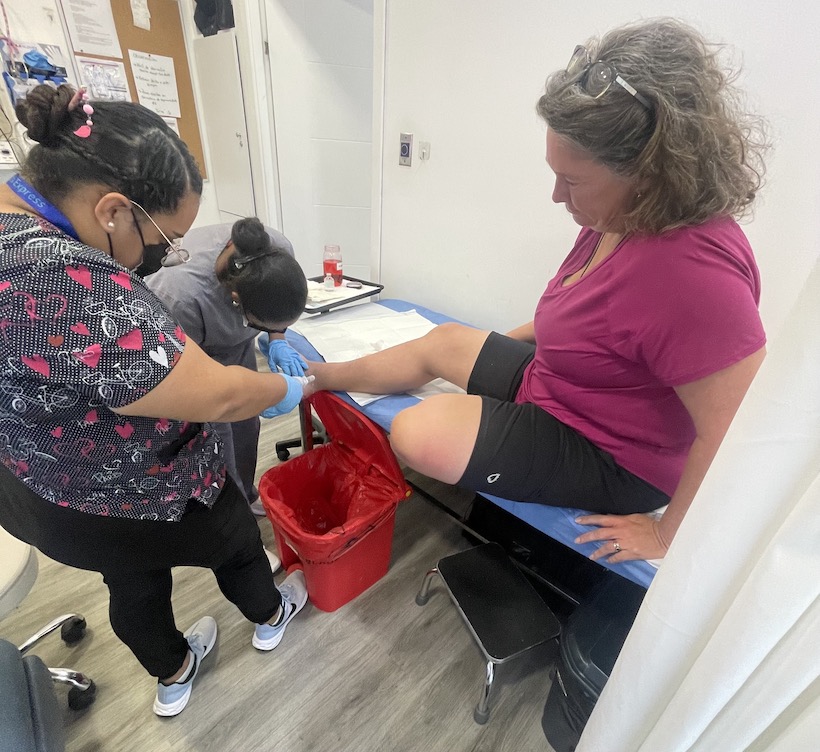
In Panama City, I had an unfortunate run-in with a heavy, rusted metal gate that sliced open my heel severely enough that I needed stitches. Again, we went to an urgent care clinic where I was seen by the doctor within 10 minutes. The doctor thoroughly cleaned the wound and gave me seven stitches. While they did administer a shot of pain killer to help with the discomfort of cleaning and stitching, it was not really effective, and they were not overly concerned with my comfort (a huge difference than treatment in the USA). They did offer a squishy ball to squeeze during the worst of it. (I think a shot of whiskey and a belt between my teeth might have been preferable!) Regardless, the wound has completely healed and I managed to avoid tetanus and infection. The total bill was $86. Overall, our experience with the medical system in both countries was efficient, effective and affordable.
How to Navigate
Navigating through Central America in our Winnebago Revel has proven tricky, and we often find ourselves navigating through the tight confines of the city, where our side mirrors have barely an inch of space to clear obstacles. Or traversing rough dirt roads through the mountains, that appear to be major thoroughfares, and are a single lane in width with two-way traffic. Google often sends us on ridiculous detours through narrow alleys just to save 1/10 of a mile. We typically have Google Maps, Waze and Gaia all running on different devices to help us navigate, and when they disagree on the preferred route, we manually decide which option is best. Sometimes it works out and sometimes we circle around several times trying to figure out the best route. Route-finding is ALWAYS an adventure regardless of whether or not we are on the most well-travelled route, and patience has proven our best and most utilized tool.
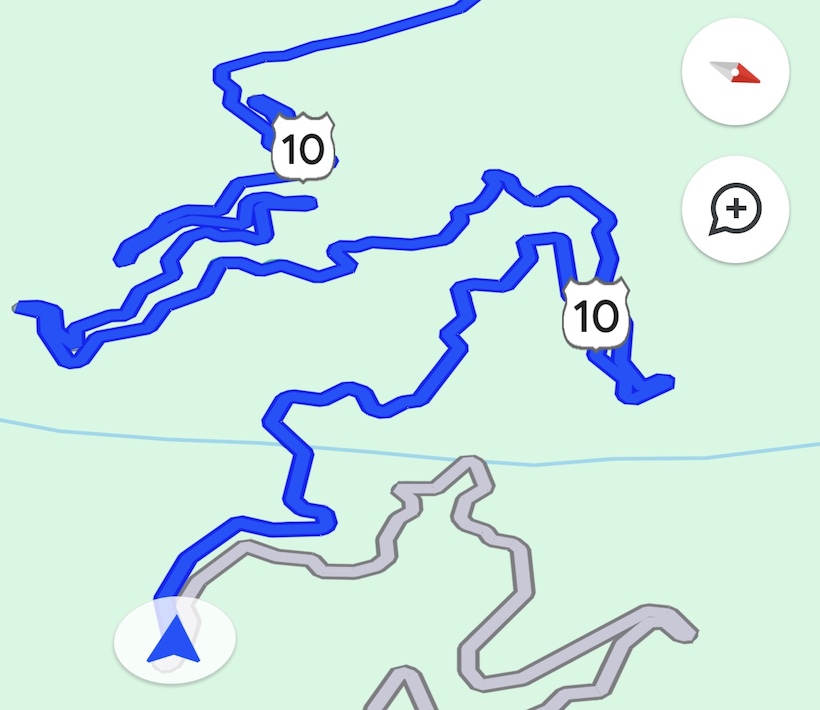
Finding Water, Food and Fuel
Flexibility is key while traveling internationally. Fuel (both diesel/DEF and unleaded) has been readily available throughout Central America. We do have an auxiliary fuel tank that adds 24 gallons to our fuel capacity, and that, while convenient at times, has not been necessary. What has been challenging is the type of payment the fuel station will accept. We frequently find that the credit card terminals are out of service, and we need to pay cash. And with diesel averaging about $5/gallon, that can sometimes prove to be problematic. We always ask if they accept credit cards before fueling up.
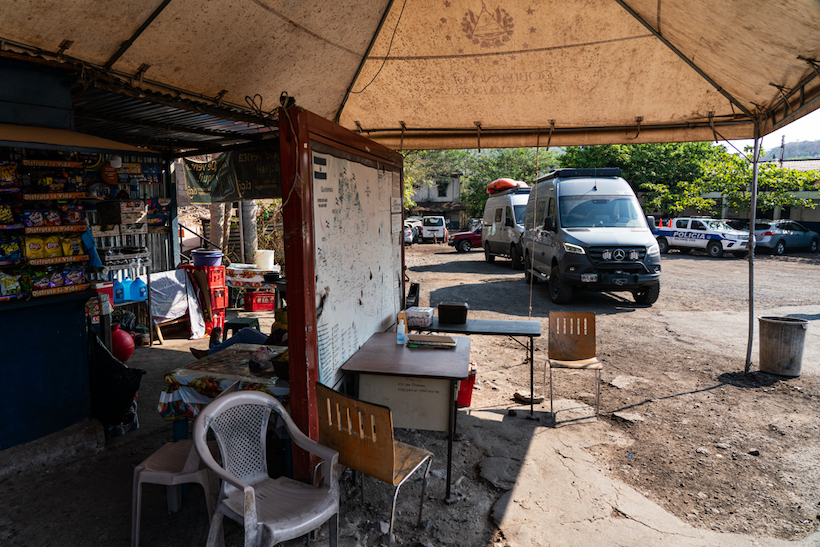
We have been quite daring in our culinary pursuits and have eaten at countless roadside food stands throughout our travels. We typically drink bottled water and enjoy the local delicacies, and regularly consume raw salads, fruits and vegetables. In six months of eating out, neither of us have experienced severe food-borne illness. We have had a few bouts of mild intestinal distress, but nothing to write home about.
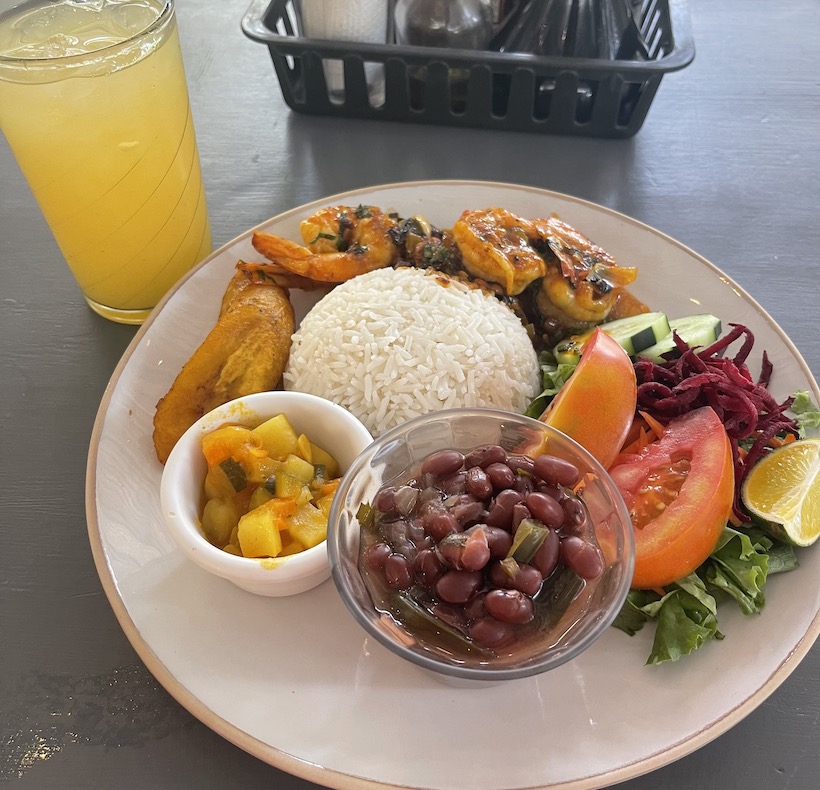
Water has been readily available in the form of large garrifones (five-gallon bottles) that can be purchased at local purificado stations and grocery stores. Once you purchase a garrifone, you can have it refilled for a dollar or two. We then siphon the purified water from the garrifone into our onboard water tank and have great clean drinking water readily available at a very low cost.
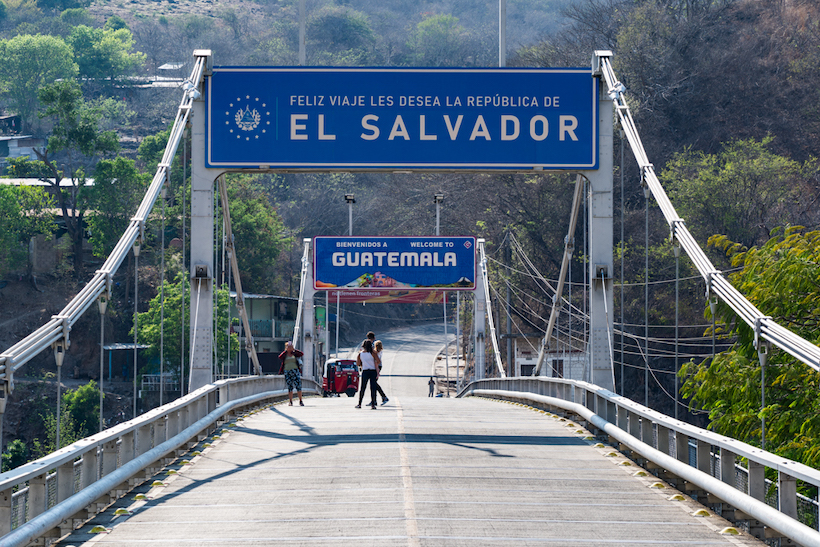
Visa’s/TIPs
Each time you enter a new country, plan on spending a couple of hours at the border: first stamping out of one country and then completing the necessary paperwork to enter the new country. For us, the borders were all very straight forward. We use the iOverlander App to research the border requirements for the specific location where we will cross. As you leave one country you will need to find the Aduana (customs) and immigration. The Aduana will stamp out your vehicle, and immigration will stamp out your person. Then you continue across the border to the new country to be stamped in. Typically, all you need is your passport for immigration. For customs and to get a Temporary Import Permit (TIP) for your vehicle, you will need your passport, title, registration, and sometimes a drivers license or proof of insurance (although not all countries require insurance). Sometimes there is a nominal fee for the visa or TIP, but not always. BEWARE: there is a pact between Guatamala, El Salvador, Honduras and Nicaragua that will grant you a 90 visa and TIP for all four countries. Once that expires, you will need to wait 90 days before another visa/TIP will be issued. The same thing is true for Costa Rica. Keep this in mind for your return trip home to avoid delays. Many travelers have been stranded for months because they exceeded the 90-day visa period and were not able to renew for their return trip home.
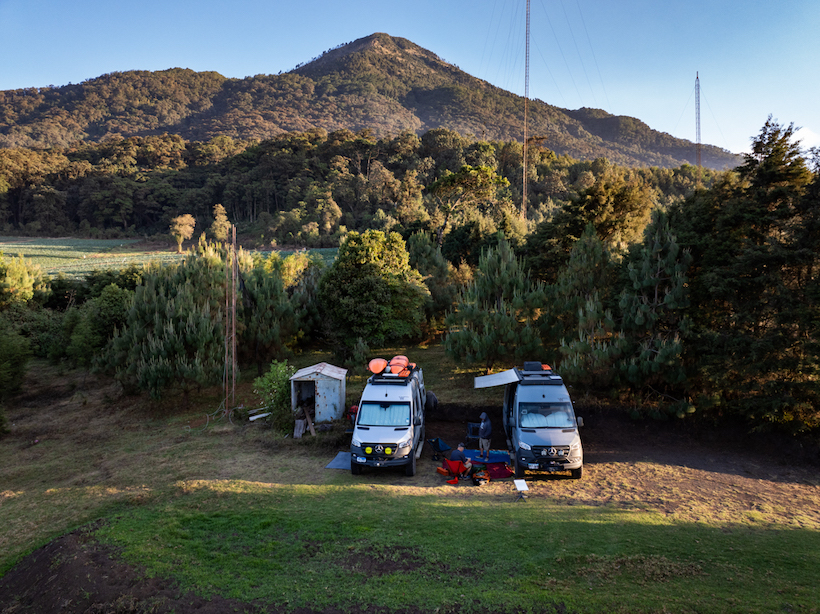
Where to Stay
While we pretty much camp exclusively on public lands in the United States, the opposite has been true in Central America. Wild camping in Latin America has been the exception rather the norm. There are two reasons for this. The first is that the price of camping is very reasonable, averaging between $5-10 per night. The second, and more important, is that we are traveling through unfamiliar terrain, where we are not as tuned into what the dangers are and what the warning signs look like. Therefore, we prefer to play it safe and stay in campgrounds. We use the iOverlander app to locate campgrounds, hostels, farms, restaurants and other places that provide a place to park for a small fee. An added bonus is that we have met many wonderful people who are also traveling Central America and have made some great friends as a result.
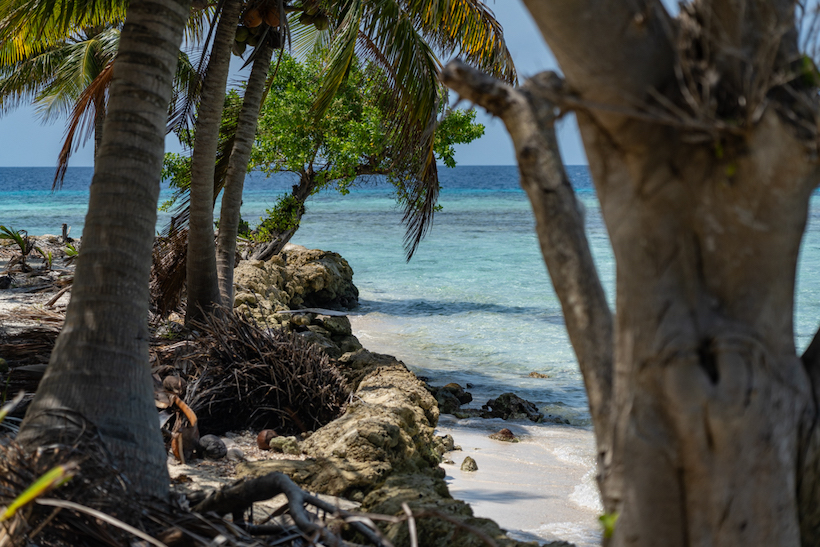
Where To Go
Central America is generally comprised of seven countries: Belize, Guatemala, El Salvador, Honduras, Nicaragua, Costa Rica and Panama (although the non-official UN geoscheme also includes Mexico as part of Central America). And each country is unique in its culture, cuisine, history and landscape. And while we often found ourselves en route between the more touristy and well-known locations, some of our favorite moments were spent exploring backroads through remote villages and experiencing what life is like beyond the crowded tourist centers. We loved stopping at small food stands setup on the porch of a family home and exploring weekend markets where the whole town comes together to trade wares. To us, this was the best reason for driving through Central America rather than flying or taking the bus.
In June, we put our Winnebago Revel on a transport ship to traverse the 40 impassible miles through the Darien Gap, and the adventure continues in South America. You can follow along as we forge ahead into Colombia, Ecuador and beyond on our YouTube channel @Famagogo, where we post videos every Friday at 5 PM CDT, or on Instagram @PeterHolcombe. Until next time, we hope to see you somewhere over the horizon!
